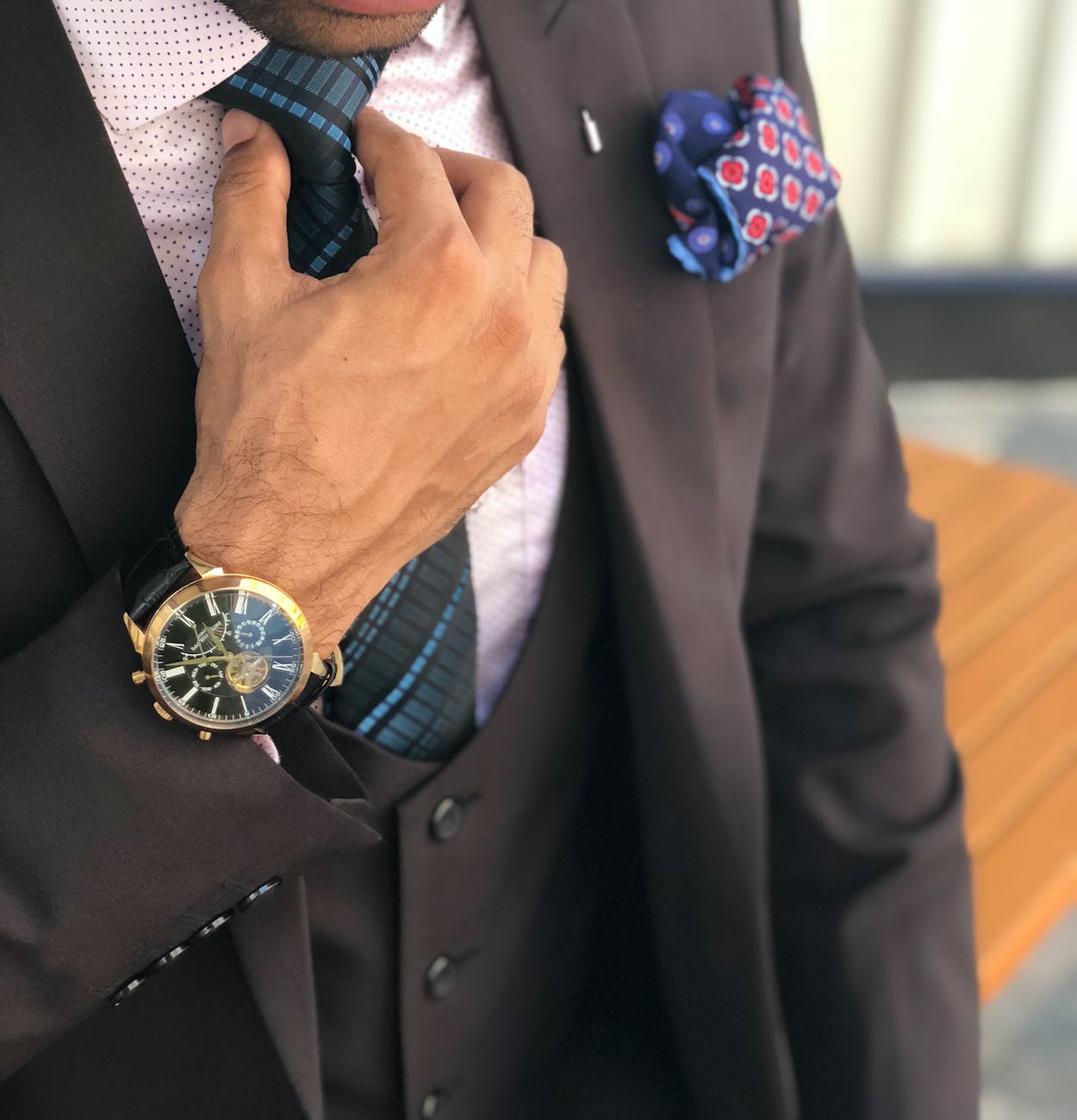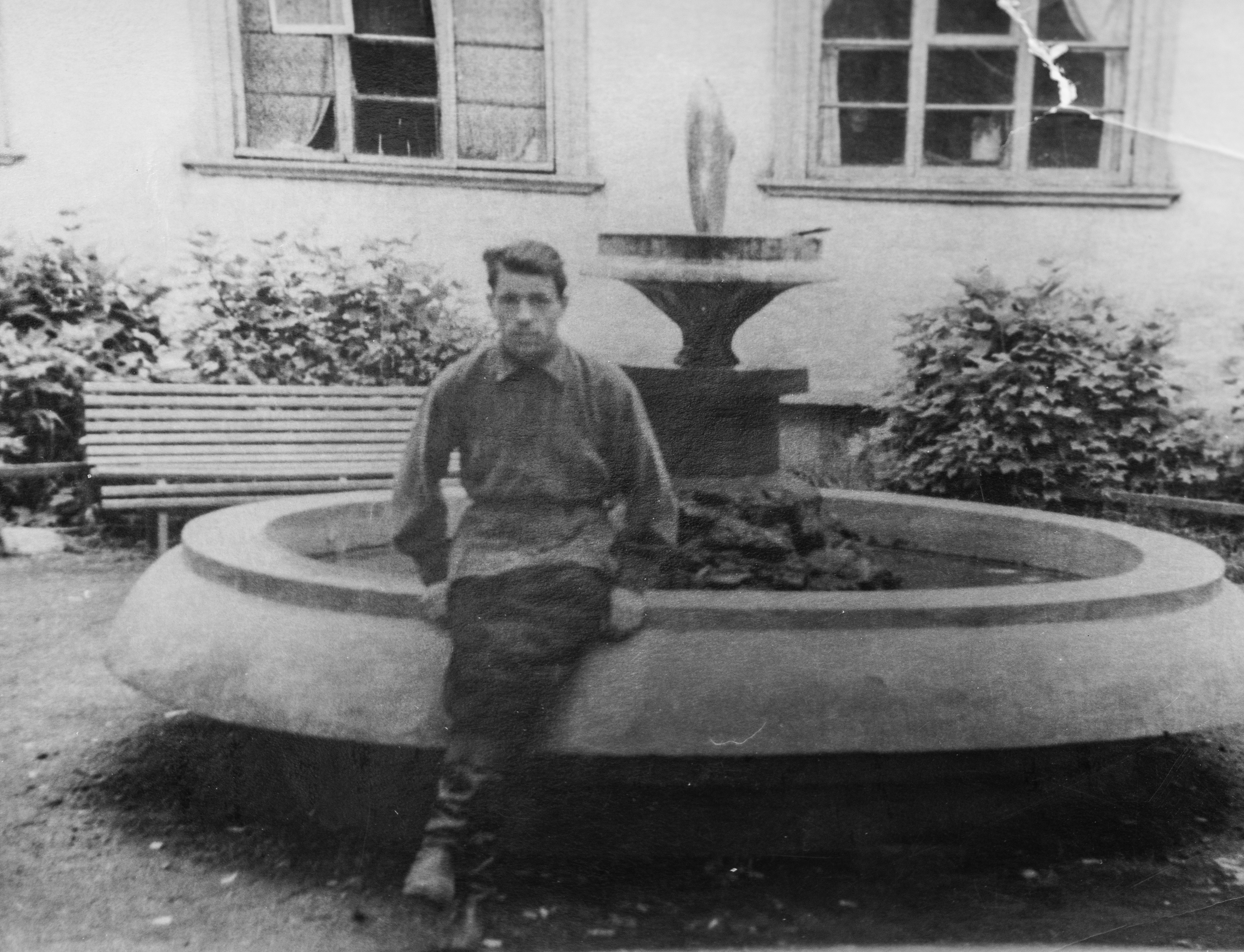The history of men’s fashion is a fascinating journey that’s as diverse and dynamic as the men it adorns. From the opulent grandeur of the 18th century to the minimalist trends of today, men’s fashion has continuously evolved, reflecting societal changes and cultural shifts. This exploration into the history of men’s fashion provides an intriguing perspective on the changing ideals of masculinity, societal norms, and individual expression.
In the early days, men’s fashion was primarily about status and power. The quality of materials, the intricacy of design, and the level of adornment were all indicators of a man’s position in society. This was seen in the elaborate garments of kings, nobles, and high-ranking officials. However, as societies transformed, so did the fashion landscape.
This transformative journey through the history of men’s fashion is not just about clothes. It is a narrative of societal changes, technological advancements, and cultural shifts. It is a story of how men have expressed their identity, status, and personality through their clothing choices over the centuries.
The Dapper Gentlemen: Men’s Fashion in the 18th and 19th Century
The 18th and 19th centuries were a time of elegance and formality in men’s fashion. The dapper gentlemen of these eras wore ornate, elaborately designed clothing that reflected their social status. The 18th century was dominated by the ‘Macaroni’ trend, where men wore tight-fitting, colorful silk suits, powdered wigs, and tricorn hats. The more elaborate the outfit, the higher the gentleman’s societal rank.
The 19th century, on the other hand, saw a shift towards a more conservative style. The introduction of the ‘sack suit’ – a loose-fitting coat, waistcoat, and trousers – marked a significant departure from the preceding era’s flamboyance. It was during this period that the modern suit and tie began to take shape, setting the stage for the next era’s fashion revolution.
Towards the end of the 19th century, the rise of industrialization and the middle class led to significant changes in men’s fashion. Ready-made clothing became increasingly available, making fashion more accessible to the masses. This democratization of fashion led to a more uniform look among men, regardless of their social standing.
“Men’s fashion is not just a tale of suits and ties, it’s an evolving narrative of identity and expression. It’s the story of centuries, where every stitch, every fabric, and every silhouette is a unique chapter, reflecting the spirit of the times and the boldness of the individual.”
The Shift to Simplicity: Men’s Fashion in the Early 20th Century
The early 20th century saw a significant shift in men’s fashion. The opulence and extravagance of the past were replaced by simplicity and functionality. The modern suit, with its streamlined silhouette and muted colors, became the standard. This was a reflection of the changing societal norms. Men were no longer defined by their clothing but by their actions and achievements.
The introduction of the wristwatch was a significant milestone in men’s fashion during this period. Initially designed for soldiers in the trenches of World War I, wristwatches soon became a popular accessory for men, symbolizing practicality and efficiency.
Despite the overall trend towards simplicity, the early 20th century was not without its share of flamboyance. The Roaring Twenties, in particular, were marked by a resurgence of bold, extravagant styles. Men embraced bright colors, patterned fabrics, and flamboyant accessories, reflecting the era’s spirit of optimism and rebellion.
The Rise of Individuality: Men’s Fashion in the Mid-20th Century
The mid-20th century was a time of significant change in men’s fashion. The post-war era saw a rise in consumerism and a growing emphasis on individuality. Men started exploring different styles and experimenting with their looks, leading to a more diverse fashion landscape.
The 1950s were dominated by the ‘Teddy Boy’ style, characterized by flamboyant suits, narrow trousers, and brocade shoes. This was followed by the rise of the ‘Mod’ look in the 1960s, featuring slim-fitting suits, polo shirts, and pointed shoes.
Despite the growing emphasis on individuality, the suit remained a staple in men’s fashion. However, it underwent several transformations, with changes in cuts, colors, and fabrics reflecting the era’s mood and cultural shifts.
The Era of Rebellion and Rock: Men’s Fashion in the 60s and 70s
The 1960s and 70s were a time of rebellion and rock ‘n’ roll, and men’s fashion reflected this spirit. The ‘hippie’ look, characterized by long hair, bell bottoms, and colorful psychedelic prints, became popular during this period. This was a stark departure from the conservative styles of the past and marked the beginning of a more casual, relaxed approach to men’s fashion.

Simultaneously, the ‘rocker’ look emerged, defined by leather jackets, tight jeans, and band tees. This style was heavily influenced by music icons like The Beatles and The Rolling Stones, further emphasizing the link between fashion and cultural movements.
While the casual styles dominated the era, the suit retained its place in men’s fashion. However, it was reinvented to suit the times. The traditional suit was replaced by more relaxed versions featuring bold colors, wide lapels, and flared trousers – a reflection of the era’s flamboyance and rebellion.
Power Suits and Casual Wear: Men’s Fashion in the 80s and 90s
The 1980s and 90s saw the rise of power suits and casual wear in men’s fashion. The ’80s were defined by the ‘power suit’ – a symbol of status and success. The power suit, with its broad shoulders, double-breasted jackets, and pinstripes, was a reflection of the era’s conspicuous consumption and the growing influence of Wall Street.
The 1990s, on the other hand, saw a shift towards casual wear. The ‘grunge’ look, characterized by flannel shirts, ripped jeans, and combat boots, became popular, reflecting the era’s spirit of rebellion and disillusionment. Brands like Levi’s, Gap, and Tommy Hilfiger dominated the fashion landscape, offering affordable, trendy clothing.
Despite the growing popularity of casual wear, the suit remained a staple in men’s fashion. However, it underwent another transformation with the introduction of the ‘Italian’ cut, characterized by slim-fitting jackets and tapered trousers. This marked a return to a more refined, streamlined look.
The Dawn of the New Millennium: Men’s Fashion in the 2000s
The new millennium brought about significant changes in men’s fashion. The rigid rules and conventions of the past were replaced by a more relaxed, individualistic approach. Men started experimenting with different styles, fabrics, and colors, leading to a more diverse fashion landscape.
The 2000s saw the rise of ‘metrosexual’ fashion, characterized by meticulous attention to grooming and a preference for designer labels. This trend was a reflection of the growing cultural acceptance of men taking an active interest in fashion and personal care.
Simultaneously, the ‘hipster’ look emerged, defined by vintage clothing, skinny jeans, and thick-rimmed glasses. This trend was a reaction to the mainstream fashion industry, reflecting a desire for individuality and authenticity.
Despite the growing diversity, the suit remained a staple in men’s fashion. However, it was reinvented once again with the introduction of the ‘slim-fit’ suit, popularized by designers like Hedi Slimane and Thom Browne.
Current Trends and Future Predictions in Men’s Fashion
Today, men’s fashion is more diverse than ever, reflecting a wide range of influences and cultural movements. The current trends include everything from streetwear and athleisure to tailored suits and luxury sportswear. This diversity is a testament to the evolving ideals of masculinity and the growing importance of individual expression.
Looking toward the future, it’s clear that men’s fashion will continue to evolve. One prediction is a further blurring of gender boundaries in fashion, with more men embracing traditionally feminine styles and fabrics. Sustainability is also expected to play a significant role in the future of men’s fashion, with a growing emphasis on ethical production and sustainable materials.
However, despite these changes, one thing remains constant: the suit. As it has throughout history, the suit will continue to adapt and transform, reflecting the changing ideals of masculinity and societal norms.

Notable Figures in the History of Men’s Fashion
Throughout the history of men’s fashion, several figures have left an indelible mark. These include designers like Giorgio Armani, Ralph Lauren, and Tom Ford, who redefined the concept of the suit and elevated men’s fashion to new heights.
Equally influential are cultural icons like David Bowie, James Dean, and Steve McQueen, who challenged societal norms and used fashion as a form of self-expression. Their daring styles and bold choices continue to inspire men’s fashion today.
Finally, there are the fashion-forward men of today, like David Beckham, Kanye West, and Pharrell Williams, who are pushing the boundaries of men’s fashion and redefining what it means to be stylish.
Conclusion: The Continuous Evolution of Men’s Fashion
The history of men’s fashion is a fascinating journey marked by constant evolution and transformation. From the ornate garments of the 18th century to the minimalist trends of today, men’s fashion has continuously adapted, reflecting societal changes and cultural shifts.
As we look toward the future, it’s clear that the evolution of men’s fashion is far from over. With a growing emphasis on individuality, sustainability, and gender fluidity, the future of men’s fashion promises to be as diverse and dynamic as the men it adorns.
Why Ariat Jeans for Men are a Must-Have in Your Wardrobe
White Jeans for Men: How to Incorporate them in Your Everyday Wardrobe


